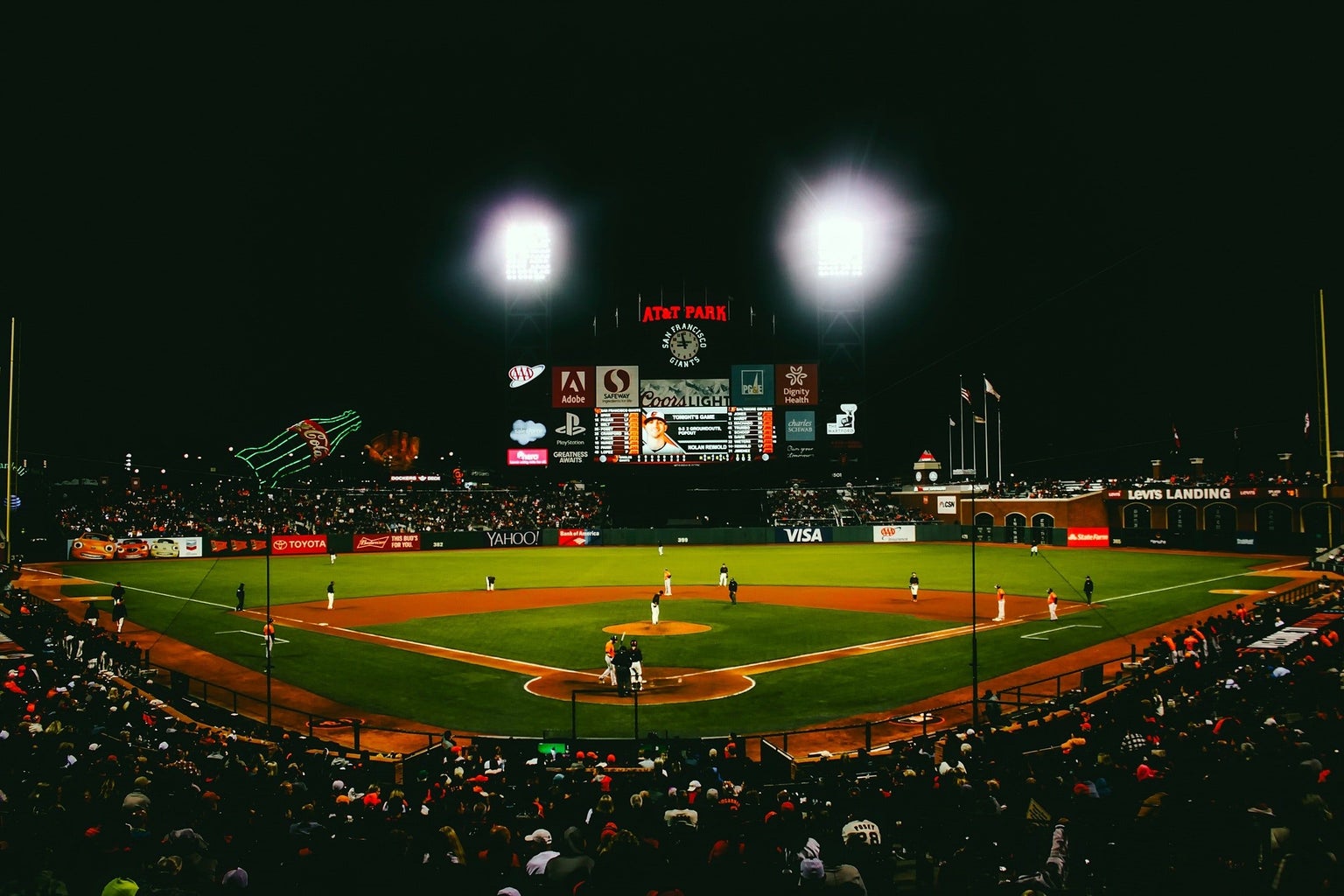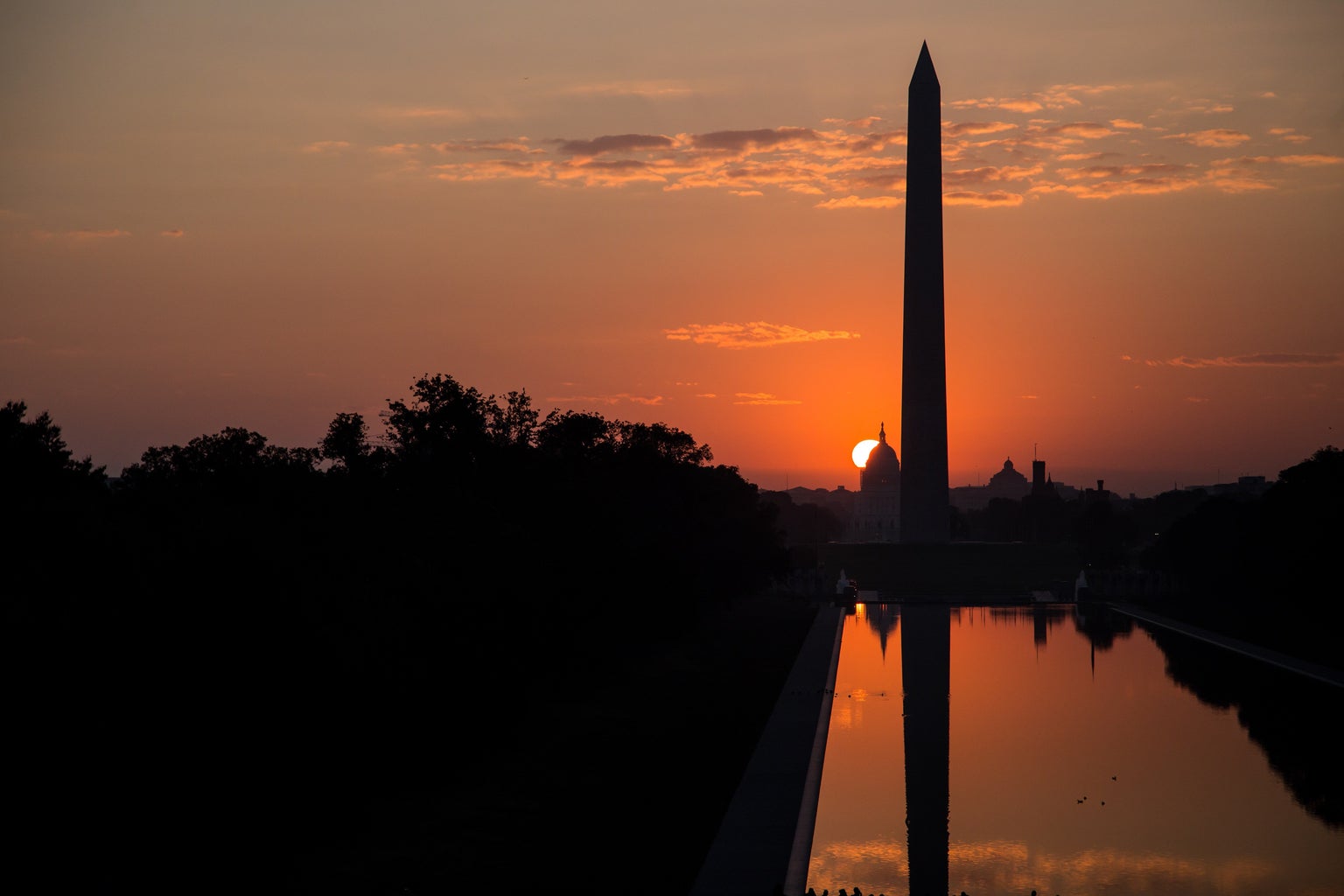In Washington DC, the worst city in America for gentrification, the Navy Yard area has experienced the most gentrification.
In a study done by the University of Minnesota Law School, reported by WUSA9, it was found that Navy Yard went from having a 76.9% low income population to in 2000 to a 76.9% low income population in 2016. In this instance, it is usually Black residents being displaced with the study finding that Navy Yard added 2,828 white residents from 2000 to 2016 and lost 531 Black residents.
This area of Washington is a perfect example of how the once chocolate city is being filled with whiteness. In another investigation on Navy Yard for Story Maps similar results to the previously mentioned study were found. Story Maps found that the area went from 95% Black in 2000 to 24% in 2018. The statistic that is almost more shocking is that Navy Yard went from being 3% white to 68% white. Due to this intense gentrification, it is important to learn the history of what Navy Yard once was.
Navy Yard is named after the Washington Navy Yard that was established in 1799, an important employer for both African American residents and white residents. Story Maps shared that many of the workers at the Navy Yard built their own homes in the area.
Navy Yard was also home to many formerly enslaved people during and after the Civil War. The neighborhood, and Washington itself, was majority white at the turn of the century, but by the 1930s, the racial composition changed.
Before being named by Forbes as “Washington DC’s Hottest Neighborhood” it was home to many Black Washington natives. Unfortunately, these residents were living in poor housing conditions.
Story Maps, explained that the Federal Housing Administration graded the living conditions in Navy Yard an F due to the condition of the houses. Because of this, the Public Housing Authority demolished these houses and created a public housing project for Black residents. However, these housing projects eventually fell in bad condition as well.
The neighborhood was known for having violence throughout this time period which prevented development. Eventually, development did come, but with this came an intense amount of displacement. Along with the development of Nationals Park in 2008, and as described in the Washington Post an “inviting streetscape,” there was an extreme change in those that inhabited Navy Yard.

Michael Stevens was quoted in the Washington Post saying “It’s hard to believe this land was overlooked for more than 100 years.” Steven is the president of the Capitol Riverfront BID which is the main source of development in the area.
The fact of the matter is that the land was not “overlooked” by the many Black residents that called Navy Yard home. Stevens equated Navy Yard’s value with the prevalence of development which usually coincides with the prevalence of whiteness.
Navy Yard is yet again another neighborhood in Washington that was elevated in status but only elevated for the new, usually white, residents. Instead of putting effort in to propel Black residents economically and provide better living conditions while preserving the culture, it was deemed easier to simply bulldoze over individuals’ homes.
Photos: Her Campus Media




